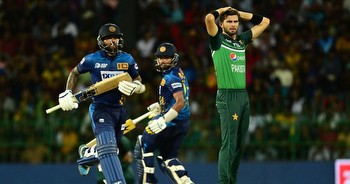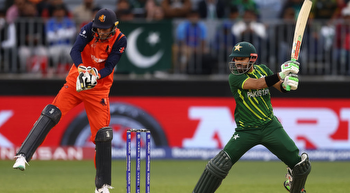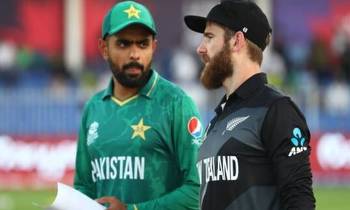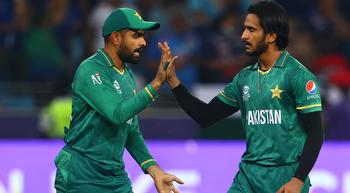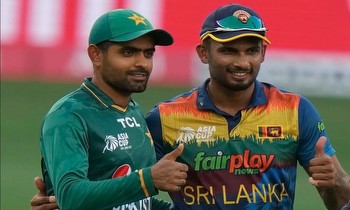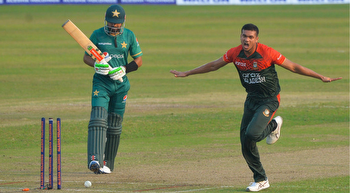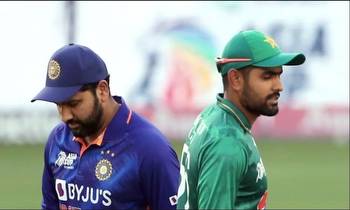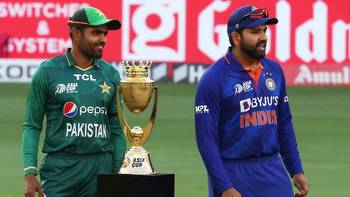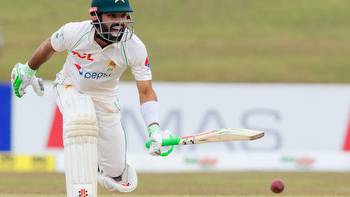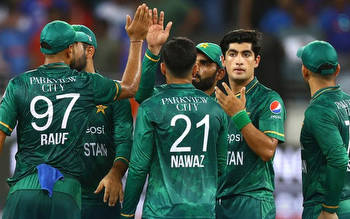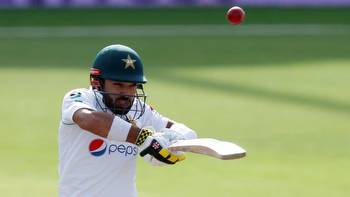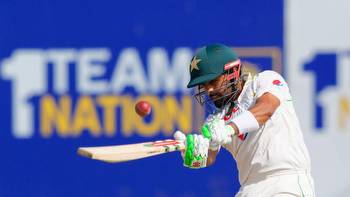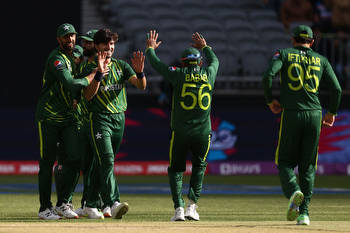Pakistan’s steady rise to white-ball stability
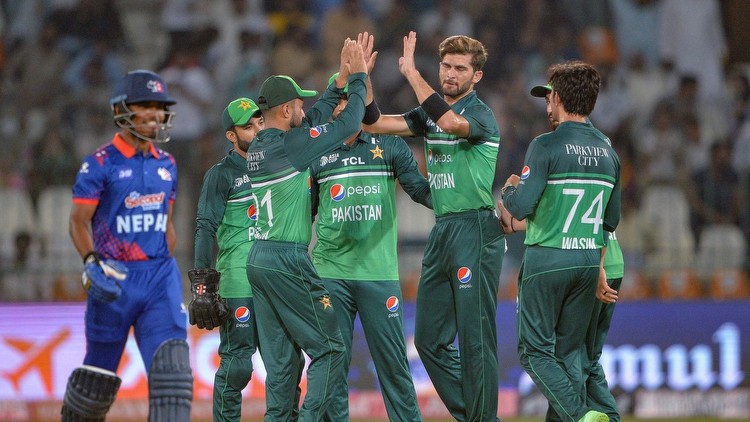
Bowling has always been Pakistan’s forte but it isn't their only sustenance, especially in ODIs
Results have rarely been an accurate indicator of Pakistan cricket’s health. 1992 was like pulling a rabbit out of the hat, except Imran Khan never doubted their ability to win. 2009 was almost a rite of passage after Sreesanth had cut short Misbah-ul-Haq’s nearly-there onslaught in the 2007 T20 World Cup. And 2017 was a tale of success built on several aligning factors and a bit of luck with Sarfaraz Ahmed—possibly their most modest leader ever—calmly steering them through the chaotic Champions Trophy. Nobody expected Pakistan to win. Yet somehow that’s when they find the gear to drive home the incredulity of their talent. Note the formats though. And now check Pakistan’s current standing in the ICC rankings—sixth in Tests, fourth in T20Is but No 1 in ODIs.
Pakistan are a temperamental cricketing power, with possibly the highest attrition rate in the world of professional sport. Players come and go but it’s a given that only the gifted break through. The administration, in fact, has been more suspect in their callow handling of affairs. That, along with the near decade-long exile to the UAE post the 2009 Lahore attacks have played a massive part in Pakistan’s slowdown. To remain a white-ball powerhouse despite such overwhelming odds surely points to something more than analytical reasoning can reveal.
In fact, very little of what Pakistan have achieved can be attributed to conscious planning. A fast bowling hub but rarely fronting a stable batting lineup, electric one day, pedestrian the other—Pakistan have successfully eluded logic and fuelled prejudice. Look closer though and you will start seeing the little things they are now doing right, like building a core group.
Babar Azam is the undisputed leader and Mohammad Rizwan the livewire of this team. Fakhar Zaman is still around. As is Imam-ul-Haq, despite consistent murmur that talent alone hasn’t sustained him at this level. Naseem Shah is the protege granted to every Pakistan generation but in Shaheen Shah Afridi, Haris Rauf and Shadab Khan do they flex their real bowling muscle.
More crucially, it’s their understanding of the game that makes Pakistan so formidable. Wednesday’s 238-run win against Nepal in the Asia Cup opener at Multan was a small but timely reminder of that. The result was always a foregone conclusion but it still had to be bedded. Reduced to 25/2 in six overs, playing out a maiden early on—this wasn’t however shaping up to be one of Pakistan’s better starts, or at least what was expected against an associate nation.
But they paused, took a step back and recalibrated their approach with Babar—who hit his 19th hundred in 104 matches, now second to Saeed Anwar’s tally of 20 hundreds in 247 matches—at the front and centre of it before Iftikhar Ahmed provided a scintillating touch-up with a 71-ball 109.
Pakistan added 129 runs in the last 10 overs, with Babar anchoring and accelerating like only he can, reaching 50 in 72 balls, taking 37 balls for the next 50 before shellacking 51 in the final 22 deliveries of his innings. The first six of the innings—a one-handed pull off Babar’s bat—came only in the 43rd over but with 10 boundaries till then, he ensured Pakistan’s rate never slackened. With Intikhab fired up as well, crossing 300 and threatening to breach 350 was a matter of time but at 44/2 after 10 overs, it sure didn’t look easy.
This is one area where Pakistan have come up so well since the 2019 World Cup, underpinned no less by the fact that they have the best win-loss ratio (4.5) among all nations to score at least 300 in ODIs. Bowling has always been Pakistan’s forte and Shadab, Afridi, Rauf showed once again why. But for a change, that isn't their only sustenance.

